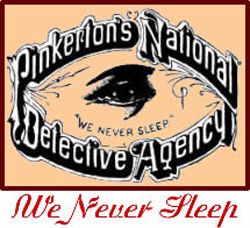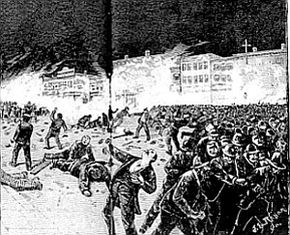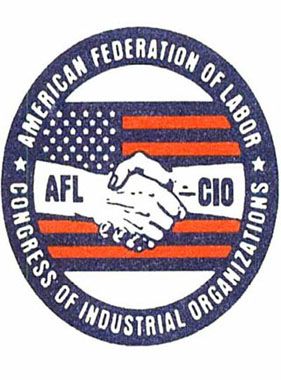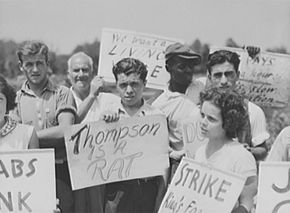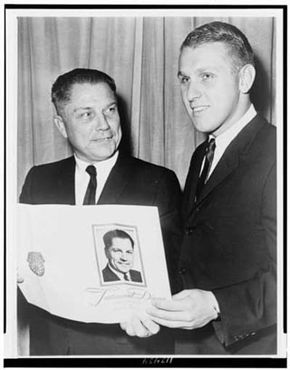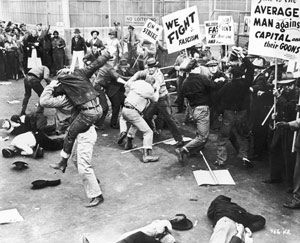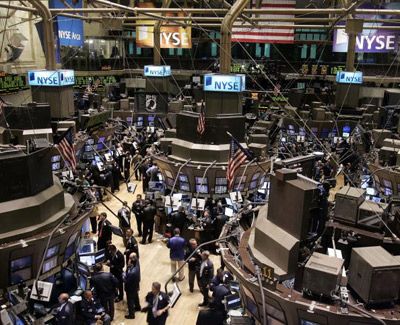Labor unions have a long and colorful history in the United States. To some people, they conjure up thoughts of organized crime and gangsters like Jimmy Hoffa. To others, labor unions represent solidarity among the working classes, bringing people together across many professions to lobby for better rights, wages and benefits. As of 2006, 15.4 million people were union members, and although union membership peaked in 1945 when 35 percent of the nonagricultural workforce were union members, unions are still a powerful influence in the United States (and even more powerful in many other countries). They are also an important and fundamental part of the history of United States commerce and the country’s growth into an economic powerhouse.
So what do unions do and why are they still important? In this article, we’ll look at the history of labor unions and how they help many workers today.
Advertisement
Important Events in U.S. Labor History
In the 19th century, the Industrial Revolution produced a rapid expansion in factories and manufacturing capabilities. As workers moved away from agricultural work to factories, mines and other hard labor, many faced terrible working conditions: long hours, low pay and health risks. Many children worked in factories, and women and children generally received lower pay than men. The government did little to limit these injustices, and in the United States, along with much of the industrialized world, labor movements developed that lobbied for better rights and safer conditions.
A common method of protest used by workers in the 19th century was the strike. A strike is when a group of workers stops working in protest to labor conditions or as a bargaining tool during negotiations between labor and management. While strikes today are generally peaceful events, back then they were quite the opposite. A list of the 19th century’s notable strikes shows numerous strikes that were “broken” by hired militias, police or U.S. government troops, frequently resulting in the deaths of workers. Employers often hired private companies like the infamous Pinkerton Detective Agency to intimidate striking workers or to escort strike breakers -- workers replacing striking employees -- across picket lines.
Advertisement
